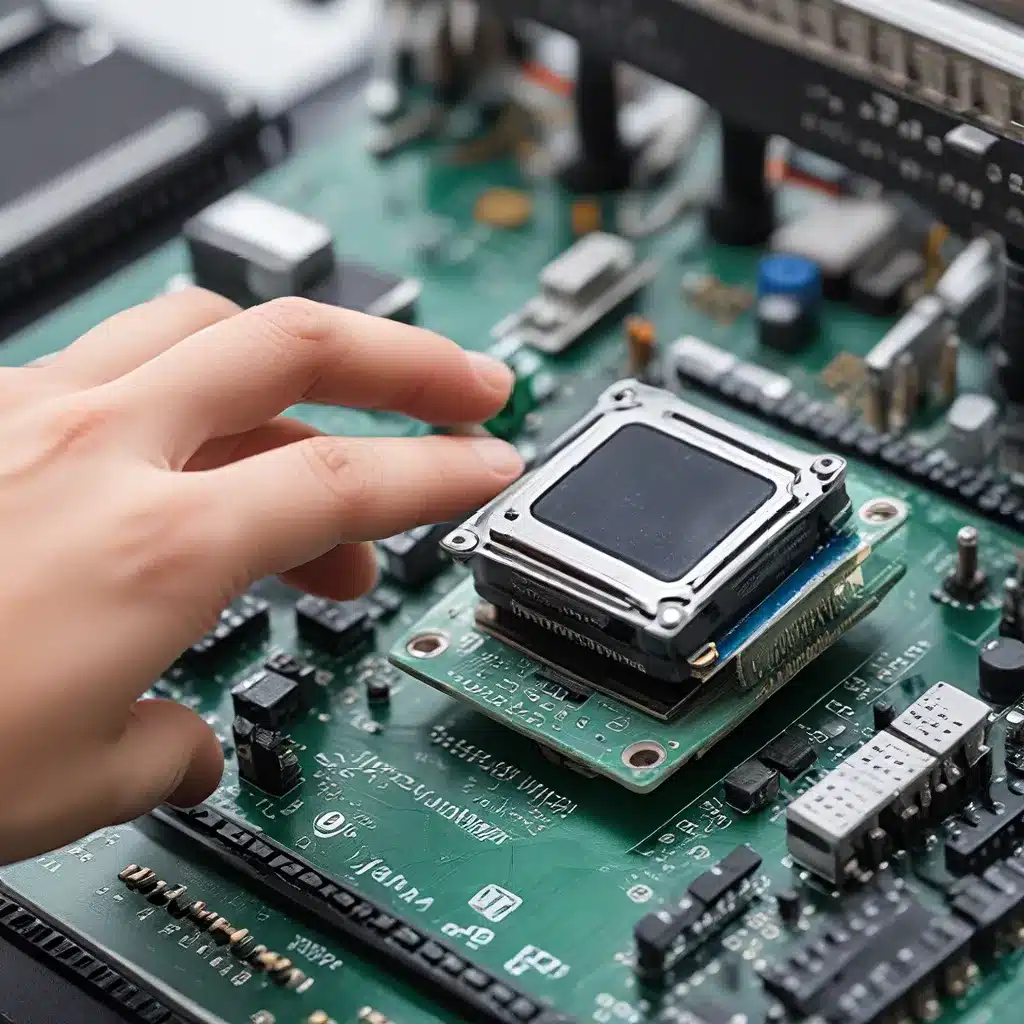
Unlocking the Full Potential of Sensor Networks
As the Internet of Things (IoT) continues to revolutionize various industries, the demand for precise and reliable sensor data has become increasingly critical. Sensor networks, which form the backbone of IoT systems, play a pivotal role in collecting, processing, and transmitting the data that drives decision-making and automation. However, ensuring the accuracy and consistency of sensor readings has remained a significant challenge, often limiting the full potential of these technologies.
Fortunately, advancements in sensor calibration techniques are now poised to address this challenge, transforming the way we design, deploy, and maintain sensor networks. By leveraging advanced calibration methods, IoT professionals can now enhance the precision and reliability of sensor data, unlocking a new era of enhanced decision-making, improved efficiency, and increased safety across a wide range of applications.
Enhancing Sensor Precision: The Importance of Calibration
At the core of a sensor network’s performance lies the accuracy and reliability of its individual sensors. Sensor calibration is the process of adjusting a sensor’s output to align with a known, standard reference. This process is essential for ensuring that the data collected by sensors is precise, consistent, and representative of the actual physical phenomena being measured.
Without proper calibration, sensor readings can be skewed, leading to inaccurate or unreliable data. This can have significant consequences in critical applications, such as environmental monitoring, industrial process control, or medical diagnostics, where precise measurements are paramount.
Advanced Calibration Techniques: Achieving Sensor Perfection
To address the challenges posed by sensor inaccuracies, researchers and engineers have developed a range of advanced calibration techniques that go beyond traditional methods. These innovative approaches leverage the latest advancements in data analytics, machine learning, and sensor technology to enhance the precision and stability of sensor networks.
One such technique is dynamic calibration, which involves continuously adjusting a sensor’s parameters based on real-time environmental conditions and operational factors. By constantly monitoring and adapting to changes in temperature, pressure, humidity, or other variables, dynamic calibration ensures that sensor readings remain accurate and consistent over time.
Another innovative approach is multi-point calibration, where sensors are calibrated at multiple reference points across their operating range. This method helps to identify and compensate for any non-linear or asymmetric behavior in the sensor’s response, leading to improved linearity and reduced measurement errors.
Furthermore, the integration of machine learning algorithms into the calibration process has opened up new possibilities. These algorithms can learn from historical sensor data and adapt the calibration parameters dynamically, enabling self-calibrating sensor networks that maintain high accuracy without the need for frequent manual intervention.
Optimizing IoT Applications through Precise Sensor Data
The enhanced precision and reliability of sensor data achieved through advanced calibration techniques have far-reaching implications for a wide range of IoT applications. By ensuring accurate and consistent sensor readings, IoT professionals can unlock new levels of efficiency, safety, and decision-making capabilities.
In the realm of smart city infrastructure, for example, precisely calibrated sensor networks can provide real-time and highly accurate data on traffic patterns, air quality, and energy consumption. This information can then be leveraged to optimize traffic flows, improve urban planning, and enhance energy management, leading to reduced congestion, improved air quality, and lower carbon emissions.
Similarly, in industrial and manufacturing settings, advanced calibration methods can contribute to enhanced process control, improved product quality, and reduced operational costs. By ensuring that sensors monitoring critical parameters, such as temperature, pressure, or vibration, provide reliable and consistent data, IoT-enabled systems can detect anomalies more effectively, trigger timely maintenance, and optimize production efficiency.
Moreover, the precision and reliability of sensor data enabled by advanced calibration techniques are equally vital in healthcare and medical applications. Remote patient monitoring, telemedicine, and personalized treatment can all benefit from the accurate and consistent data collected by wearable and implantable sensors, leading to improved patient outcomes and reduced healthcare costs.
The Future of Sensor Networks: Unlocking New Possibilities
As the Internet of Things continues to evolve, the precision and reliability of sensor data will become increasingly critical. Advanced calibration methods are poised to play a pivotal role in unlocking the full potential of sensor networks, enabling IoT professionals to design, deploy, and maintain systems that deliver accurate, consistent, and trustworthy data.
By embracing these innovative calibration techniques, the sensor network and IoT communities can drive the next wave of technological breakthroughs, enhance mission-critical applications, and improve the quality of life for individuals and communities around the world.
Explore the cutting edge of sensor network and IoT technologies and discover how advanced calibration methods can transform your IoT solutions.